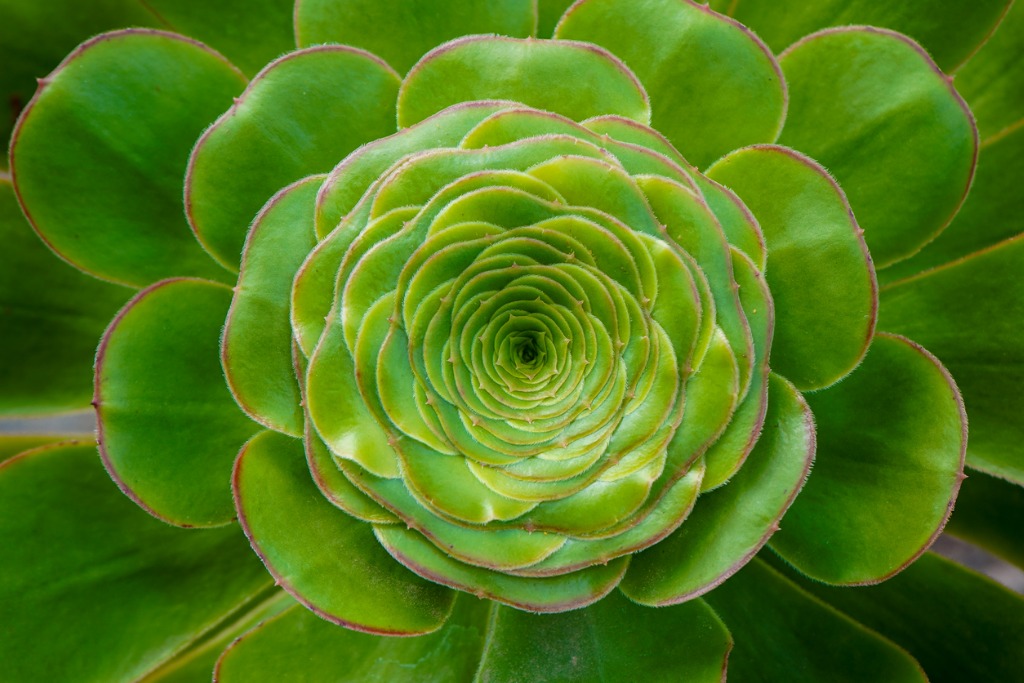Saucer-plant
(Aeonium undulatum)

Description
Aeonium undulatum is a succulent, evergreen flowering plant in the family Crassulaceae. It is a subshrub, one of the larger species of Aeonium with an 8–12 inches (200–300 mm) rosette of bright, glossy green leaves often over a metre from the ground on a single, unbranched stem. Other rosettes do not branch off this stem (normally) but grow from the bottom, unlike most aeoniums. The plant is monocarpic so the flowering stem will die when after producing its yellow inflorescence, which is normally after about 5 years. Aeonium undulatum is native and endemic to Gran Canaria in the Canary islands. The Latin specific epithet undulatum means "wavy", and refers to the leaf shape. The common name "saucer plant" is applied to this and other plants of a similar habit. In temperate regions this plant may be grown under glass, in a suitable cactus compost. It prefers full sun to part shade and requires excellent drainage. In the US, it may be grown outside in zones 10 and 11. Aeonium undulatum is a species of Magnoliopsida described by Webb & Berth. Aeonium undulatum belongs to the genus Aeonium, and the family Crassulaceae. None of these subspecies are listed. Aeonium aureum is a species of flowering plant in the family Crassulaceae, native to the Canary Islands (Tenerife, Gran Canaria, El Hierro, La Gomera and La Palma). It has very short stems, usually with several leaf rosettes. The grey-green leaves are tightly packed and fleshy. The bright yellow flowers are produced on leafy stems, and are up to 25 mm (1 in) across. Aeonium, the tree houseleeks, is a genus of about 35 species of succulent, subtropical plants of the family Crassulaceae. Many species are popular in horticulture. The genus name comes from the ancient Greek "αιώνιος"/"aionios" (ageless). While most of them are native to the Canary Islands, some are found in Madeira, Cape Verde, Morocco, in East Africa (Ethiopia, Somalia, Uganda, Tanzania and Kenya) and Yemen. The succulent leaves are typically arranged on a basal stem, in a dense, spreading rosette. A feature which distinguishes this genus from many of its relatives is the manner in which the flowers bear free petals, and are divided into 6 or 12 sections. Each rosette produces a central inflorescence only once, and then dies back (though it will usually branch or offset to produce ensuing rosettes).
Taxonomic tree:







